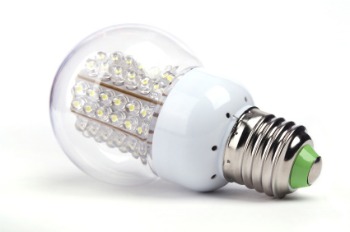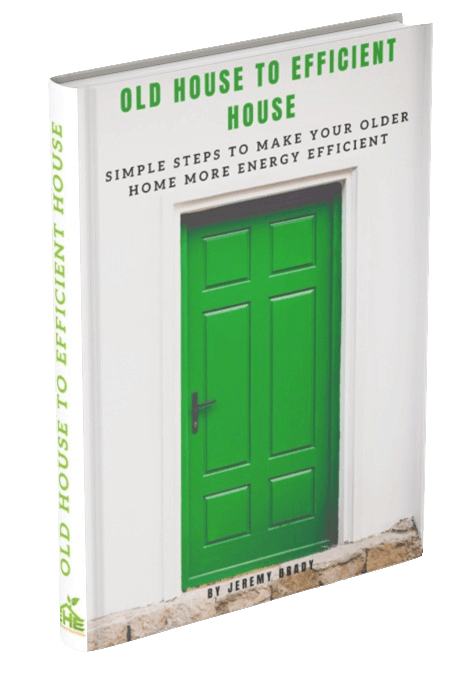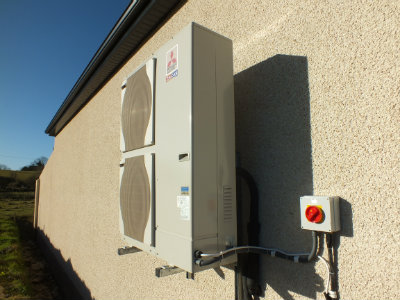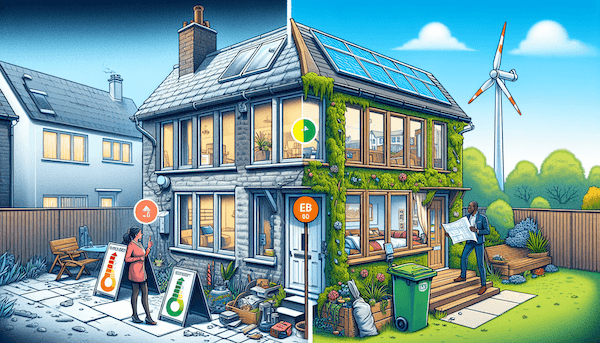- Home
- Low Energy Bulbs
- LED Lights
LED Household Light Bulbs
Are They The Future?
LED household light bulbs are not what we automatically think of when we think of energy saving bulbs.
Most people think of a compact fluorescent bulb). But this is all changing, and changing at quite some pace.
Many people think that LED bulbs are way to expensive. Especially when they see them sitting beside much cheaper CFL type low energy bulbs!
What are LED Light Bulbs?
LED (light emitting diode) bulbs are solid state lighting (SSL) and that means the light in an LED is produced within a solid object, unlike CFL bulbs or traditional incandescent bulbs which produce their light in a gas or vacuum, and can be very fragile.
In the past the only LEDs we'd have seen would be the old style red LED on our remote controls. Today however the technology has moved on to the extent where LED's are available in the full light spectrum.

Once the white light LED bulb became available the flood gates opened for them to be used in loads of new applications such as car lights and LED household light bulbs.
Domestic or Home LED light bulbs simply comprise of a cluster of LED's combined together into the shape of a traditional bulb.
Advantages of LED light bulbs:
- They don't contain any mercury.
- They emit more light per watt than traditional incandescent bulbs.
- They're available in any colour without needing to use filters.
- They light up very quickly.
- As they're solid, unlike traditional bulbs, they're very rugged and don't damage easily.
- They're dimmable.
- They have a very long lifespan, normally 13-26 years (if used 5 hours per day) compared with c.9-12 years for CFL bulbs used 5 hrs/day and 6-12 months for traditional incandescent bulbs.
- LED household light bulbs produce very little heat whereas an incandescent bulb gives off up to 98% of the energy it uses as heat.
- LED's can be around 5% more efficient than CFL bulbs.
- LED bulbs are now available for most household fittings.
- They're small and can be placed in areas where other bulbs simply wouldn't fit (such as LED strip lights for under kitchen cupboards etc.).
Disadvantages of LED light bulbs:
- They cost more per lumen than the other types of bulbs available.
- LED bulbs can make other items in your home appear to be a different colour.
- Although they don't contain mercury they can contain other hazardous metals such as arsenic or lead.
- The efficiency of LED light bulbs reduces with increases in current and an increase in current can cause your LED bulb to fail completely.
- Poor quality fittings can contribute to LED bulbs failing prematurely.
- LED light bulbs don't usually fail immediately; more often the brightness will gradually decrease over time. Or individual diodes will fail within the bulb.
- LED's tend to give off a very direct light with sharp edges to light and shade rather than the spread of light a traditional bulb would offer.
Are LED Household light bulbs the future?
LED household light bulbs have more advantages than disadvantages and although the majority of low energy light bulbs sold in the domestic market are CFL light bulbs the gap is closing all the time.
Plus industry is getting behind LED technology in a big way and with all this investment the prices of LED light bulbs will decrease making them more and more appealing.
At present the best solution is likely to choose a combination of the two. In the end they'll both save you money and last for years so either way you can't go wrong.














New! Comments
Have your say about what you just read! Leave me a comment in the box below.